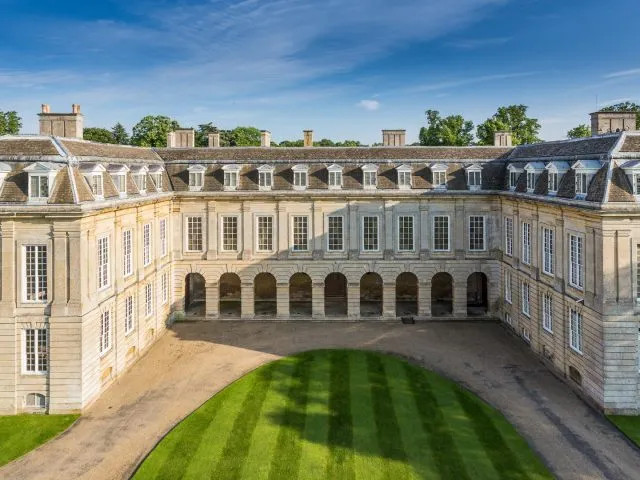
Private (HHA)
An imposing house “The English Versailles” notable for looking a bit like a French palace. The contents include fabulous treasures – a large collection of fine art including paintings, furniture, porcelain, weapons, textiles, claiming to be one of the major treasure houses of England. It has seven courtyards and a wing which remains as an unfinished shell, revealing details of the construction. The gardens and estate are also notable. The 17th century design features of the gardens, including square ponds and a series of canals have been restored. Note the pyramidal mound and the matching hole ‘Orpheus’. The walled garden near the house is also worth a visit. The house is open during August and a few other dates, the gardens more often. Suggested visit time: at least a half day.
The visitor information includes prices for optional tours. When I visited, my basic admission (free with HHA) allowed a self-guided tour of the State Rooms and most of the ground floor, and the grounds, but the optional tours were fully booked.
All photos from May 2024 visit.
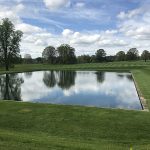
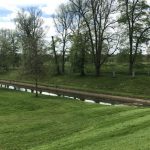
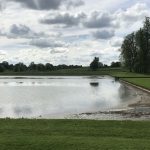
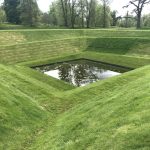
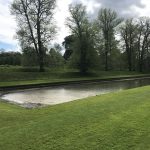
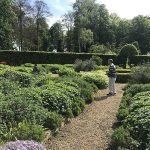
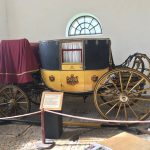
Branscombe Bakery, Manor Mill and Forge, Devon
The mill and forge are in working order, and teas are available in the Old Bakery. The thatched buildings are over 200 years old. The village is quite near to the sea coast. Worth a vsit if you are in the area. If I remember correctly, road access is narrow, twisty, hilly and potentially congested.
Chastleton House, Oxfordshire
A Jacobean country house, left almost unchanged by its increasingly impoverished owners, and preserved as a time-warp site by the NT. There is no shop or tea-room. Externally, it’s an attractive building, and the contents are also of interest. The gardens include some unusual topiary. Admission is by timed ticket, and there is a cap on daily visitor numbers.
Cobbaton Combat Collection, Devon
One man’s collection of over 60 military vehicles, plus weapons and artefacts, crammed into several cluttered buildings. There is also a shop selling collectibles and a working NAAFI canteen.
If you like militaria, this is clearly for you. The items, which include everything from uniforms to tanks, are not restored to pristine condition, but you can imagine that they’ve recently been used. Suggested visit time: 2 hours +
Cotehele, Cornwall
A historic estate on the banks of the Tamar. The Tudor house and its contents have changed little over the years and are well worth seeing. Most rooms have extensive catalogue notes provided. The house has no electricity, so it might be worth bringing your own torch on a dull day to better see objects in some rooms. Many of the rooms are lined with tapestries.
Outside are two orchards, gardens, a folly tower, walks, and a little further off, Cotehele Quay with its museum, and restored Tamar sailing barge Shamrock. Half a mile from the Quay is Cotehele Mill, a working mill.
There is a lot to see in the house in various rooms spread over three floor levels. Around the house are attractive gardens. The triangular folly tower, in a field with inquisitive cows, can be climbed for a view of the surrounding country. The Mill has a working watermill and several displays of old workshops.
There is enough to see to make it an all-day visit. Road access is by narrow twisty hilly roads. It is possible to arrive by water from Plymouth.
For visitors not over keen on walking, a minibus runs between the house, Quay and Mill. It is also possible to park by the house and then move one’s car to the lower car park at the quay. There is a restaurant at the house and another at the Quay.
Cottesbrooke Hall, Northants
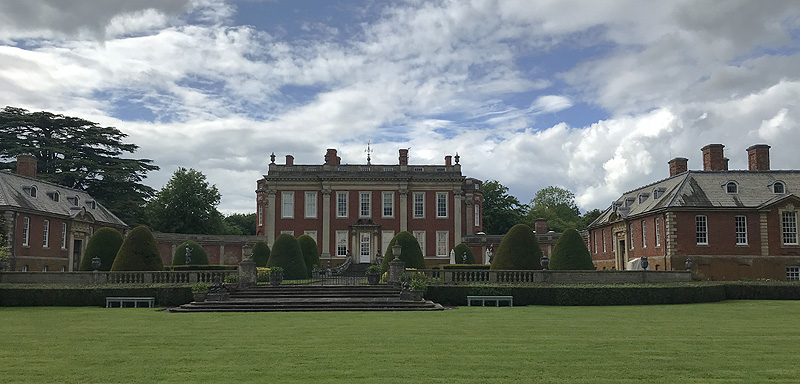 Private
Private
A Queen Anne house in extensive grounds. Building of the house was started in 1702 by Sir John Langham, with the East and West bows added around 1780. Some alterations and modernisations were made in the 20th Century. The house is currently owned by the Buchanan family.
Two flanking pavilions are joined to the main house by curving corridors, one of which contains a noted collection of English, Chinese and Continental porcelain. There is an exceptional collection of sporting pictures. The house is notable for being exceptionally well maintained: almost everything inside looks like new. The house is open to visitors on limited dates during the warmer months, and admission is by conducted tour.
The grounds are extensive, with parkland, a series of well-planted formal gardens around the house enclosed by walls or hedges, and a woodland garden with a stream and a couple of garden buildings at a little distance from the house.
When driving to the estate, allow extra time for negotiating slow and congested roads in this part of Northamptonshire.
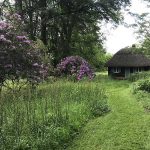
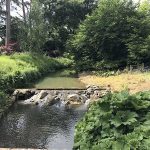
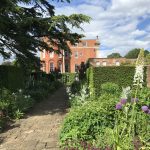
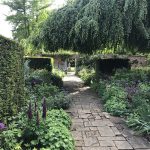
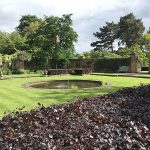
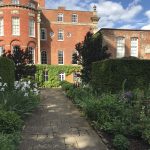
Crownhill Fort, Plymouth
This is a Victorian Fort built to defend Plymouth from attack. Obsolete for its original purpose, it was later used as a barracks. There is quite a lot to see, with gun emplacements, embankments, tunnels etc. The Fort is owned by the Landmark Trust. Unfortunately it is not open daily to the public, but there are pre-booked tours and events during the year. If you are interested, you should look on the website and book a tour or event. I found it a most interesting place to explore.
My sister just reminded me about this access nightmare – approaching from the north a right turn is required, and it took some time to escape a tangle of looping service roads and get on the other side of the dual carriageway.
(Looking at the digital mapping today, it appears that turning off onto the B3413 Crownhill Road may not work, and you have to continue south to the big A386/A38 roundabout and execute a U-turn. Another possibility is to take an early right turn at the Looseleigh Lane roundabout and then approach circuitously along the B3373.)
Dales Countryside Museum, Yorks
Typical local museum, not worth a big detour to visit. You can probably park for free on the roads outside.
Deene Park, Northants
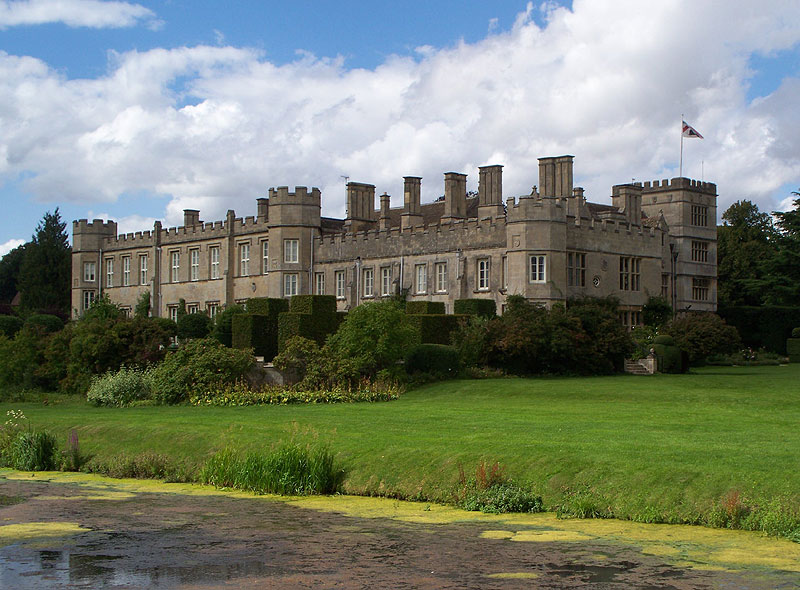 Private
Private
A substantial house, with crenellations, and built of honey-coloured stone around a central courtyard. The earlier parts date from the 16th centurey or earlier, with 18th and 19th century additions. The contents include relics of Lord Cardigan of Balaclava fame, and of the scandalous Adeline Horsey de Horsey. The house is open on limited dates during the summer months.
The contents are of considerable interest and rooms downstairs and upstairs are opened for visitors.
The grounds are worth seeing and include a number of feature garden areas as well as woodland walks and an expanse of lawn. Not accessible to visitors are the former walled gardens and an intriguing circular building.
If you want a leisurely visit to the house, the grounds, and the tea-room you are advised to arrive soon after the grounds open as the total opening time is only 4 hours.
If using satnav, look for brown car park signs, as the satnav may direct you to a back entrance by a longer route.
Note that there are other grand houses in the Corby area which could be visited on the same day. Kirby Hall is nearby.
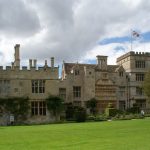
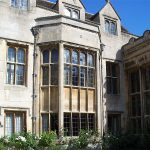
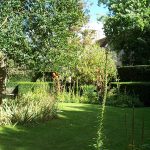

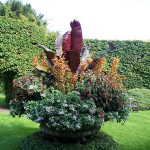

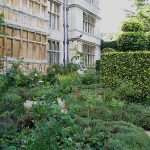
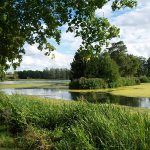
Imperial War Museum Duxford, Cambs.
This is a major aviation museum. If you want to know what aircraft they have, you can check the website, which makes you search a database to check the collection. You’ll find that it has many British and American aircraft from WW2 and the post-war period. The American hangar is dominated by a B-52. The museum also has a B-29 Superfortress and a B-17, an Avro Vulcan, etc. Aircraft exhibits fill several hangars. There are also regular flying days. You should plan for an all-day visit.
